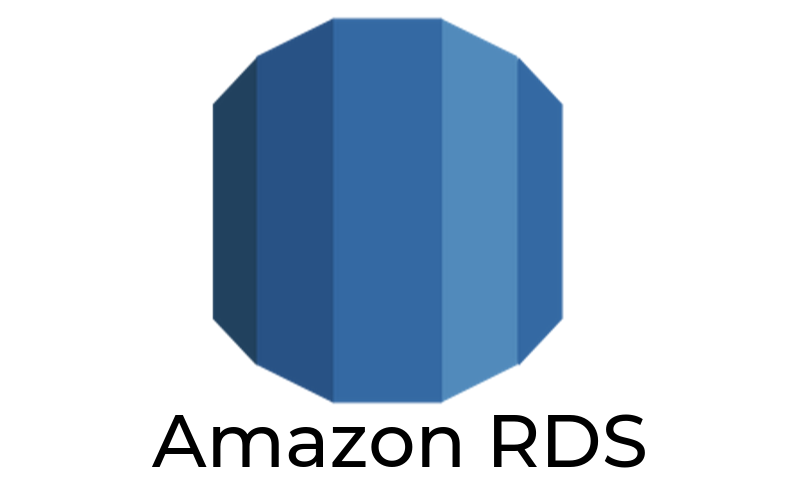Big News
Cloud Rush is now TrustNet Technologies! Explore our new brand and expanded services at our updated website.

Data is a strategic asset in any organization. Companies of all shapes and sizes are looking to get value from data. But before you can find value in your data, you need to find ways to store it efficiently. Amazon RDS will help you reduce the infrastructure costs associated with running and managing databases, improve the time it takes to develop applications, and create value using analytics and machine learning services.
Amazon RDS is a relational database service. The relational database makes use of schemas to normalize data. Also, they reduce their storage costs with these schemas. The data within the database is accessed by using a structured query language (SQL). Amazon RDS was created to minizine the effort involved in managing the relational database. The service automates time-consuming administrative tasks such as hardware provisioning, OS and database setups, patching, and backups, all while providing cost-efficient and reliable resizable capacity.
Amazon RDS provides enhanced availability and durability for the use of multi-AZ deployments. Meaning, Amazon RDS will create multiple instances of the databases in different availability zones. In case of infrastructure failure, Amazon RDS will perform an automatic failover to the standby to another availability zone. The database operations will resume as soon as the failover is complete. Your organization will not have to update connection strings because Amazon RDS uses a DNS service to point to the new master instance.
When you build your first Amazon RDS database, your organization will need to make a few key decisions. First, you will decide on the database instance type, which determines the resources your database will have. Next, you will determine the type of database engine you want to run. You can choose from the following:
• Amazon Aurora
• PostgreSQL
• MySQL
• MariaDB
• Oracle
• SQL Server
Amazon RDS stores data in the forms of tables, records, and fields. In most tables, records must be unique; this is called a primary key. Primary keys from one table can be added to another table, creating a relationship. Relationships are one of the benefits of relational databases.
Relational databases will store transactional data and analytical data, providing stability and reliability.
Amazon RDS has a pay as you go mentality. There are three parts to Amazon RDS billing.
1. You pay for the instance hosting the databases. There are two instance types to choose from, on-demand and reserved. The on-demand instance pricing allows you to pay for the compute capacity by the hour. Also, reserved instance pricing is best when you have a good understanding of the resource consumption of your database.
2. You pay for the storage consumed by your database. The storage consumed is billed per gigabyte per month.
3. You pay for the amount of data transferred to or from the Internet and other AWS regions.
Amazon RDS can help your organization get the value out of the data, giving you a leg up against your competitors. Curious about how to get started? Cloud Rush offers complimentary consultations to help your organization better understand the benefits of Amazon RDS.
Cloud Rush is now TrustNet Technologies! Explore our new brand and expanded services at our updated website.